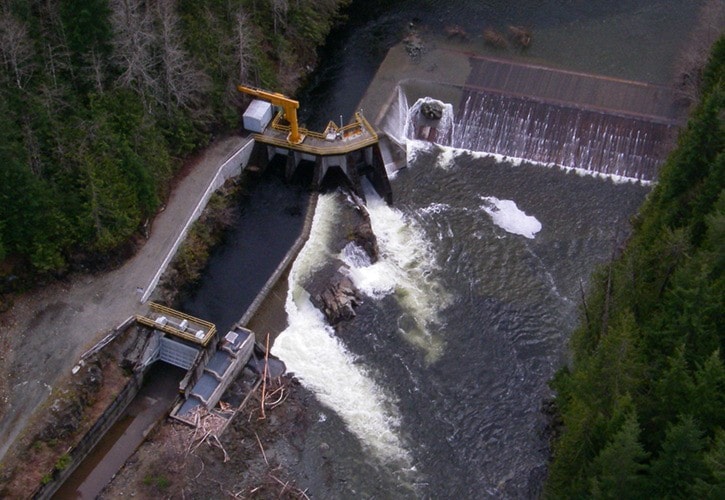Dear editor,
I would like to respond to Larry Peterson’s letter about the Salmon River diversion facility (Record, Jan. 21).
Mr. Peterson’s letter was based on the interests of fish. The facility is north of Campbell River and part of the Campbell River hydroelectric system.
When the facility was built, there were no steelhead or salmon reaching the diversion dam because of a downstream fish barrier. In the 1970s, the Ministry of Environment removed the rock slide that caused the barrier. Ever since, and particularly the past 10 years, fish have been arriving at the diversion dam in greater numbers. In the 1990s an upstream fish ladder was installed at the dam.
BC Hydro, Fisheries and Oceans Canada, and the Ministry of Forest, Lands and Natural Resource Operations formalized a provincial Fish Passage Decision Framework process in 2008 for all our hydroelectric facilities.
A local committee appropriately moved through that process over a period of years, which included fish monitoring, and agreed that better adult fish passage was needed at the diversion dam.
In 2013, BC Hydro initiated a capital project to comprehensively deal with three themes: modest dam safety upgrades mainly to the canal, and improving upstream fish passage and downstream fish out-migration.
The cost of the project has not been set yet as there are multiple ways to deal with the fish passage issues, for example. We look to provide a cost estimate in 2014.
When BC Hydro went through the comprehensive BC Utilities Commission review process for the John Hart Generating Station Replacement Project, the Salmon River facility was part of that business case.
It is of value. Historically, diverted water from the Salmon River represents about 10 per cent of the water that enters the Campbell River system. That water provides for power generation but it also allows us to meet fish flows in Campbell River and achieving summer reservoir level targets for recreation.
A significant benefit to fish from a community water-use planning process was the minimum Salmon River flow below the diversion dam more than doubled from 1.7 cubic metres per second (m3/s) to 4 m3/s. We divert water only when there is enough water to do so.
In 2013, we saw the most steelhead and coho in a long time make it past the diversion dam and access ideal spawning habitat. Post-2015, Salmon River steelhead and salmon will benefit from site improvements to allow good access to upstream habitat.
BC Hydro has not diverted water from the diversion dam in four years due to some concrete panels in the canal that need to be replaced or fixed.
However, given the very low water situation in the Campbell River system and the concern to incubating salmon eggs in the lower Campbell River, BC Hydro, as an emergency measure, since late December, has been diverting water from the Salmon River Diversion.
Every amount of water helps. BC Hydro continues to monitor the canal.
BC Hydro rarely removes dams. However, within the Campbell River hydroelectric system, due to facility age, and environmental and social issues that came out of the community water-use planning process, BC Hydro agreed to decommission and remove the Heber River Diversion Dam. The dam and woodstave pipeline was successfully removed and the site remediated in 2012, at a cost of about $13 million.
It’s important to stress that the fish issues at the Salmon River Diversion are important to BC Hydro, and the work has only been possible by a First Nation partnership, and engaging Fisheries and Oceans Canada and the Ministry of Forest, Lands and Natural Resource Operations.
Important stakeholder groups are also involved. We are moving in the right direction.
Stephen Watson
Editor's note: Stephen Watson is in the stakeholder engagement and communications wing of BC Hydro on Vancouver Island.
